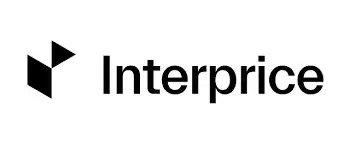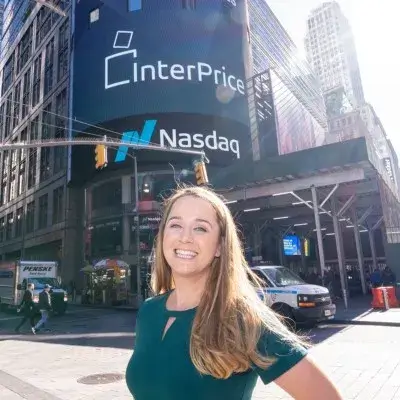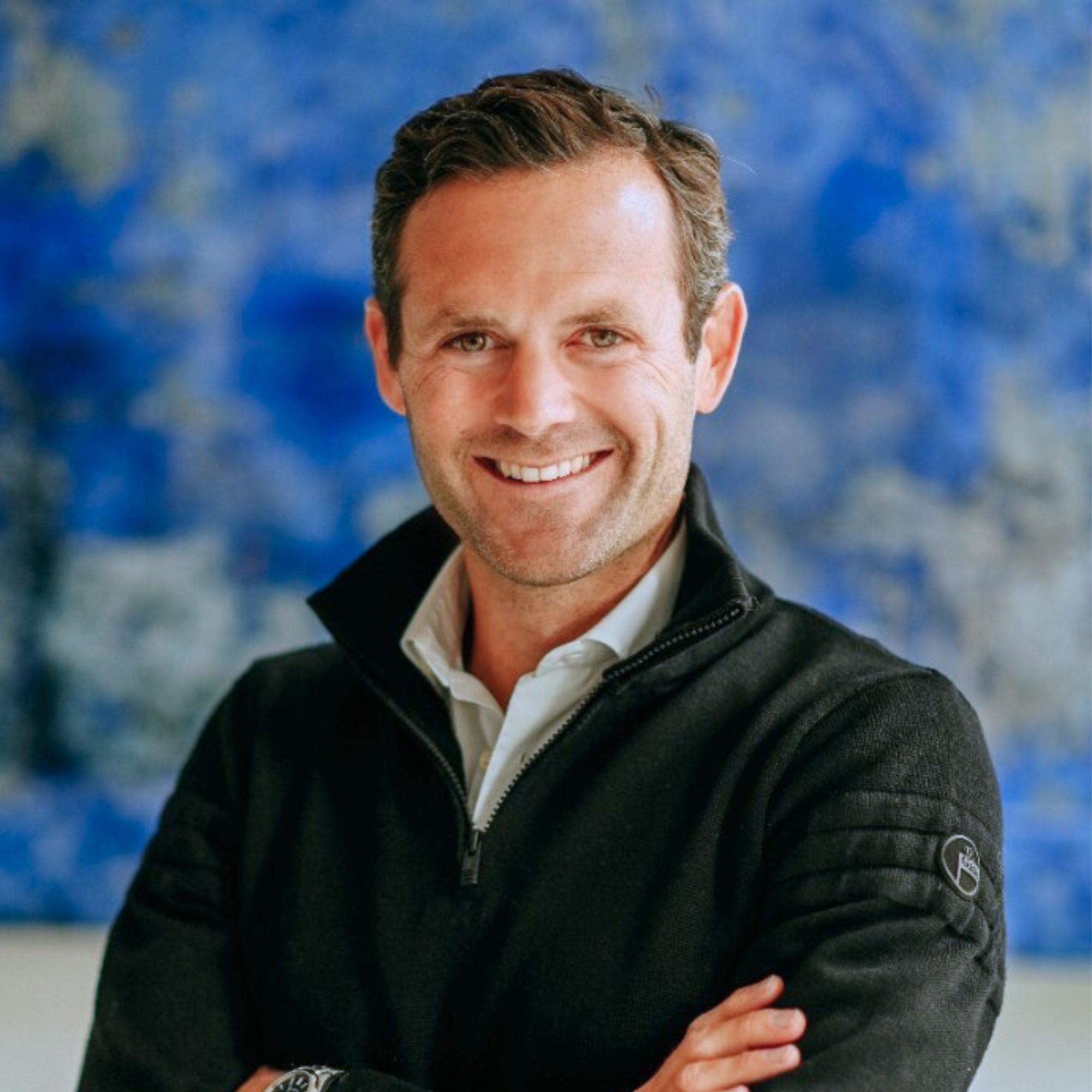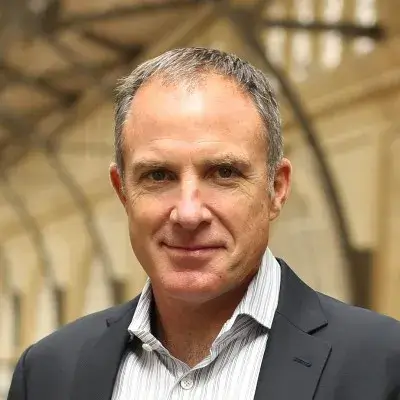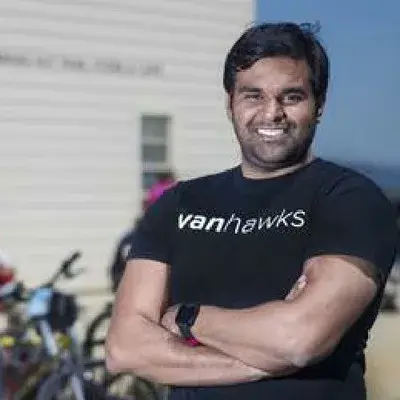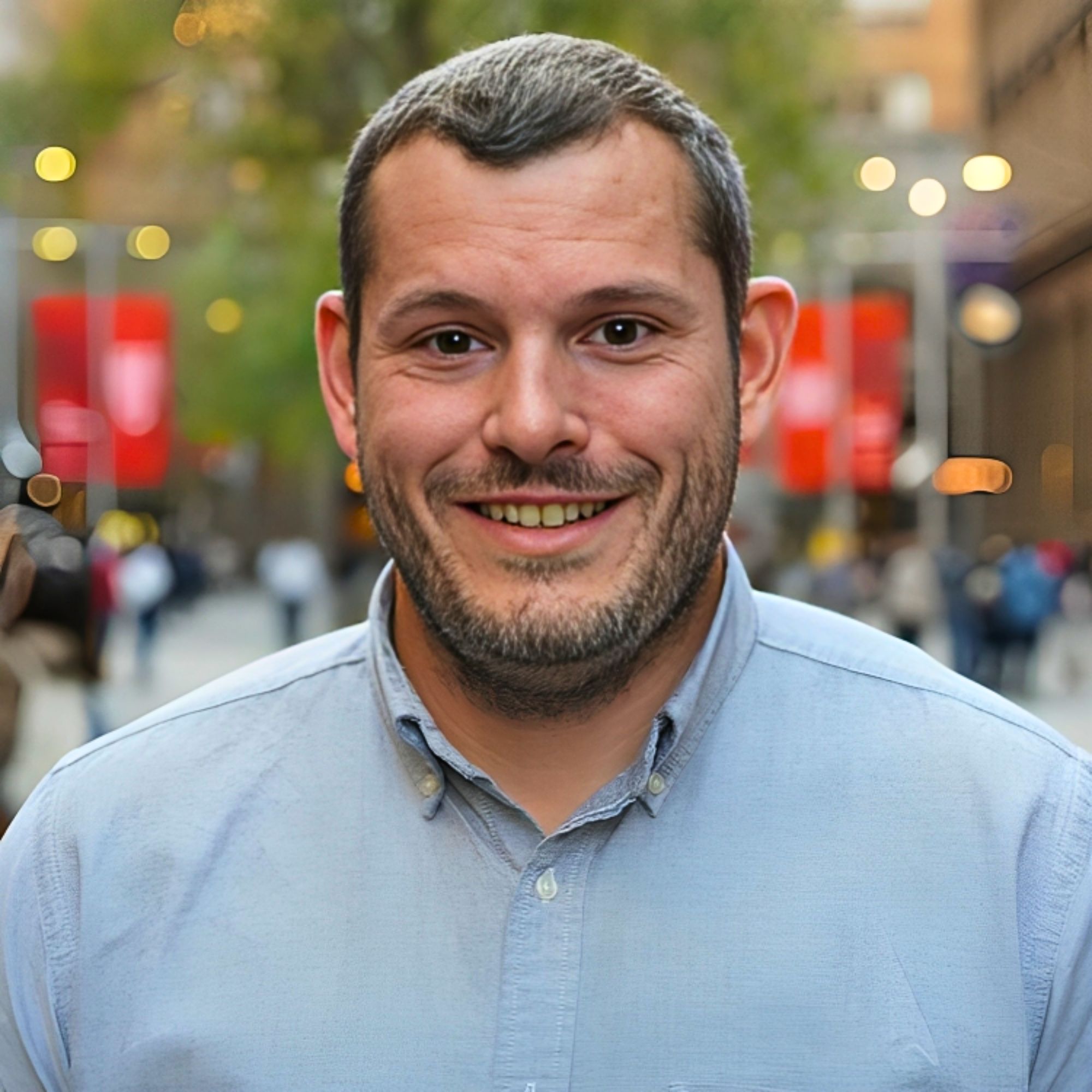Ready to build your own Founder-Led Growth engine? Book a Strategy Call
Frontlines.io | Where B2B Founders Talk GTM.
Strategic Communications Advisory For Visionary Founders
Actionable
Takeaways
Geographic density creates B2B2C flywheels:
tiun's go-to-market prioritizes ecosystem density within a single market over broad geographic distribution. Users discover tiun on one platform, then encounter it across 3-4 additional properties in their consumption pattern, creating recognition and repeat usage. This required penetrating DACH (100 million people, single language, unified regulations) before considering US expansion. For B2B2C products where end-user familiarity drives business adoption, concentrate on saturating one market until the consumer-side network effect reduces enterprise sales friction.
Validate with 6-12 month pilot data before scaling:
tiun ran contained pilots with 3-4 customers for a full year before pursuing their long-tail market. This produced case studies showing 20% paying user uplift and under 1% cannibalization—metrics that directly addressed the primary objection (subscription revenue risk). Sandro notes this extended validation period became essential because "there is no market for it yet. We're creating the market." When creating a new category, resist scaling pressure until you have multi-month data that quantifies business outcomes and neutralizes the biggest adoption barriers.
Strategic revenue trade-offs accelerate ecosystem development:
tiun deliberately adjusted pricing to "pay out more to our businesses to grow a bit faster"—prioritizing transaction volume and ecosystem density over near-term take rate. This economics decision reflected that their value proposition strengthens with ecosystem scale: users need to encounter tiun across multiple properties for the solution to deliver its full promise. When building network effects or marketplace dynamics, model whether lower monetization drives the velocity needed to reach critical mass faster than optimizing for immediate margins.
Integration speed directly determines category creation velocity:
Sandro identified that "if the sales cycle is too long and integration is too complicated, people won't do it. Especially since it's a product that doesn't exist and there is no market for it yet." They focused on reducing implementation to 2-3 weeks, recognizing that asking companies to replace existing auth and payment infrastructure requires minimal switching costs. For emerging categories where customers must displace incumbent solutions, integration complexity often determines adoption more than feature superiority.
Build investor relationships 12+ months before raises:
Sandro emphasizes starting fundraising conversations well before needing capital: "If you decide, oh, I need to fundraise right now, then you will automatically get into a cash crunch. Because by the time you have established all the relationships, it just takes such a long time that you run out of money where it really hurts your negotiation power." Treat investor relationship development as continuous rather than transactional—similar to enterprise pipeline development where deals close from relationships built quarters earlier.
Conversation
Highlights
How tiun Built to 10 Million Monthly Users by Treating Customer Placement as Distribution
Most B2B infrastructure startups burn cash on performance marketing before proving product-market fit. tiun flipped the model: they embedded their product on customer websites and let organic exposure drive adoption. The result: 10 million monthly users with zero ad spend and 15-20% month-over-month transaction growth.
In a recent episode of Category Visionaries, Sandro Zweig, Co-Founder and CEO of tiun, shared how his company built auth and payment infrastructure that consolidates two categories—authentication and billing—into a single two-click experience. But the compelling story isn’t the technical architecture. It’s how they structured their go-to-market around ecosystem density, not customer count.
From Pirated Academic Papers to Payment Infrastructure
The insight behind tiun emerged during Sandro’s master’s thesis at ETH Zurich. COVID had closed libraries. Academic research sat behind paywalls. The rational response: download pirated PDFs and circumvent access controls.
But Sandro saw the broader pattern. “Whether you want to stream something or listen to something or try a new tool, you always first have to create an account and then put in your credit card,” he recalls. The three-step friction loop—account creation, password setting, credit card entry—sat between users and consumption across the entire online entertainment and SaaS landscape.
His solution: combine social login with instant payment. Authentication becomes the payment method. Two clicks replace the traditional onboarding flow.
Surgical ICP Selection: News Publishers as Beachhead
tiun’s initial targeting followed a penetration rate thesis. They asked: which verticals have the highest daily user engagement with the lowest subscription conversion?
Answer: news publishers. “People go on these websites and read news every day,” Sandro explains. Yet conversion into paid subscriptions consistently falls below 1%. That leaves 99% of engaged users unmonetized.
This became their wedge—the casual consumer segment that subscription economics couldn’t capture. The business model expanded from there into gaming, music streaming, video platforms, and SaaS.
The Category Consolidation Challenge
tiun faced a unique GTM problem: they were selling category consolidation in a market that didn’t recognize the category. “It’s a product that doesn’t exist and there is no market for it yet. We’re creating the market,” Sandro notes.
Every prospect already ran auth infrastructure and payment systems. The sale required convincing them to rip out two functional categories and replace them with an unproven combination. This created immediate friction: why assume integration risk for theoretical UX improvements?
The answer required quantified proof, not product demos.
6-12 Month Validation Windows Before Long-Tail Pursuit
Rather than scaling prematurely, tiun ran contained pilots for a full year with select customers. The data that emerged became their primary sales asset: 20% uplift in paying users with under 1% subscription cannibalization.
“People were always super hesitant and not really sure if that would also maybe cannibalize the subscription business,” Sandro recalls. The sub-1% cannibalization metric directly neutralized the biggest objection.
For a content creator platform, the delta was more pronounced: 2.5x more paying leads in 3-4 months than their subscription offering generated annually.
This patient validation approach addressed the core challenge of category creation: prospects need proof that the consolidated category outperforms the incumbents it replaces. Six months of pilot data provides that proof. Product roadmaps and competitive positioning don’t.
B2B2C Ecosystem Dynamics: Why Geographic Density Matters
The sophisticated insight in tiun’s GTM strategy is recognizing that B2B2C products require different scaling mechanics than pure B2B infrastructure. End-user familiarity drives enterprise adoption.
“For us, key when doing the GTM motion is really to build an ecosystem of multiple brands that are interesting for the user,” Sandro explains. A user discovering tiun on a single platform sees a novel login flow. That same user encountering tiun across three or four platforms in their consumption pattern starts recognizing it as infrastructure.
This recognition creates the flywheel: users begin expecting the streamlined experience, which reduces enterprise sales friction for subsequent customers in that geographic ecosystem.
The implication: spreading thin across multiple markets dilutes the ecosystem effect. tiun concentrated on DACH (Germany, Austria, Switzerland)—unified language, unified regulations, 100 million people. Build saturation in one market before replicating the playbook elsewhere.
“Even though we say we’re a global solution, we always try to penetrate like one market in terms of location,” Sandro notes.
Customer Placement as Primary Distribution Channel
The ecosystem concentration strategy created a structural advantage: organic distribution at scale through customer websites. “We reach already up to 10 million users per month just by being placed on these different websites,” Sandro shares.
Think about the unit economics: tiun functions as a checkout and login interface. Every customer integration puts their product in front of that customer’s entire user base. As a merchant of record handling authentication and payments, they’re embedded on high-traffic properties without paying for the exposure.
This eliminated performance marketing spend entirely. “For us, we don’t need to spend money really on marketing. It is actually kind of organic.”
The reallocation: instead of CAC, they invested in product clarity—UX writing, referral mechanics, newsletter flows, and website explanation. The goal shifted from acquisition to conversion once users encountered the product organically through customer placements.
Take Rate Trade-offs for Transaction Volume
tiun made a pricing decision that appears counterintuitive in early-stage B2B: sacrifice near-term revenue for ecosystem velocity. “We realized we need to subsidize revenues a bit and try to rather pay out more to our businesses to grow a bit faster,” Sandro reveals.
The logic: their value proposition strengthens with network effects. A user encountering tiun once sees friction reduction. A user encountering it across multiple properties in their consumption pattern sees infrastructure. The second scenario drives higher lifetime value, better retention, and easier subsequent customer acquisition.
By paying customers more (reducing their own take rate), tiun accelerated transaction volume and ecosystem density. This trade-off only makes sense when network effects dominate—but for B2B2C infrastructure, it’s the correct optimization.
Result: 15-20% monthly transaction growth while maintaining the customer economics needed to reach critical mass.
Integration Speed as Competitive Moat in Emerging Categories
Sandro identified that implementation complexity killed deals more frequently than feature gaps. “If the sales cycle is too long and integration is too complicated, people won’t do it. Especially since it’s a product that doesn’t exist and there is no market for it yet.”
The team focused on reducing integration to 2-3 weeks. This matters more in category creation than in established markets. When you’re asking companies to replace two functional systems with one unproven alternative, switching costs become the primary barrier—not capability comparisons or pricing.
Fast integration reduces risk, shortens pilots, and accelerates the data collection needed to prove ROI. Slow integration extends sales cycles, increases the likelihood of deals dying in implementation, and delays the proof points needed for long-tail scaling.
Building Capital Relationships Before Needing Capital
Sandro’s fundraising advice extends beyond investor relations: start critical relationships 12+ months before you need to transact.
“If you decide, oh, I need to fundraise right now, then you will automatically get into a cash crunch. Because by the time you have established all the relationships, it just takes such a long time that you run out of money where it really hurts your negotiation power.”
This applies to enterprise pilots, channel partnerships, and key hires. The pattern: high-value relationships require cultivation periods that exceed typical runway planning. Founders who start conversations only when urgency hits have already lost negotiating leverage.
The Repeatable Market Expansion Playbook
tiun’s next move follows the same framework that worked in DACH: build ecosystem density through pilot validation, gather 6-12 months of quantified data, prove ROI to neutralize objections, then pursue long-tail customers with case studies.
“Once we did our beachhead market, which is DACH, we really want to go to the US,” Sandro shares. The US represents 300 million people, unified language, unified currency, and the concentration of online entertainment and SaaS businesses globally.
But they won’t expand until they’ve proven the ecosystem playbook is repeatable. Rush geographic expansion before proving the model, and you dilute both markets.
The framework for B2B2C infrastructure: penetrate one market completely, build the network effects that make your value proposition compound, then replicate that exact motion in the next geography with proven case studies and known CAC dynamics.
tiun’s journey demonstrates that category creation requires different GTM mechanics than category participation. When you’re consolidating existing categories, proof matters more than positioning. When you’re building B2B2C, ecosystem density matters more than customer count. And when you’re creating network effects, near-term revenue optimization can kill the long-term flywheel.


























